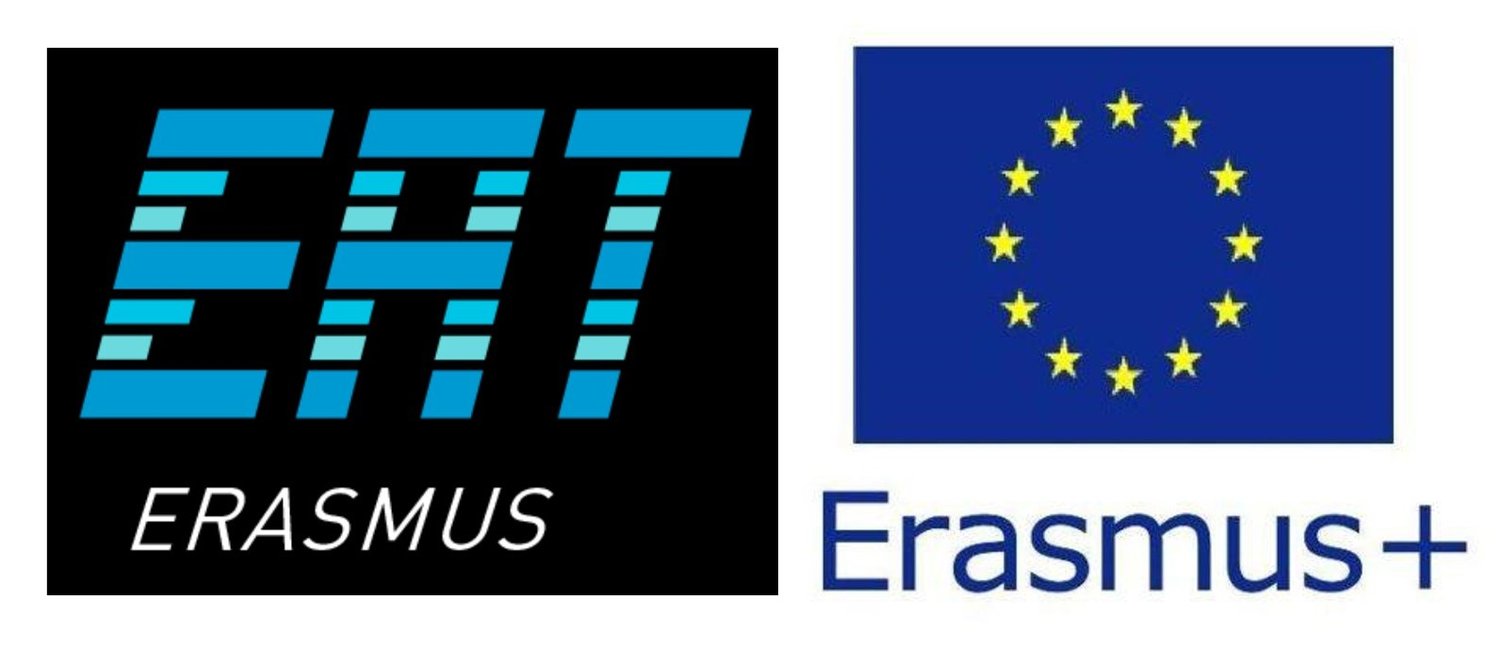1.5 SRL as an individual and group process
SRL focuses on the learner’s responsibility in managing his/her learning:
processes whereby learners personally activate and sustain cognitions, affects, and behaviors that are systematically oriented toward the attainment of personal goals. (Zimmerman & Schunk, 2011, p. 1)
SRL is not an activity that learners necessarily pursue independently, it is mediated by an individual’s interaction with their environment (Larsen et al., 2017). Students’ conceptions of learning impact their self-regulation behaviours. Yee (2016) found that first generation students perceived that being independent in learning meant relying on oneself, whereas middle class students were more likely to focus on how they got support from others in addition to being self-reliant.
The EAT Framework incorporates agentic engagement (Reeve, 2013) as an integral part of self-regulatory activity. In Evans (2021) interpretation, agentic engagement represents students’ abilities to manipulate the learning environment through actively engaging the support of others to help create a more conducive learning environment.
Gaining support from knowledgeable others to address the gap between current performance and goals, is often referred to as the ‘Zone of Proximal Development’ (ZPD) (Vygotsky, 1978).
The relational dynamic of self-regulation therefore includes being able to utilise one’s own skills effectively and gain support from others in the realisation of one’s learning goals. Building effective networks of support and boundary crossing skills (Wenger, 2000) are important metacognitive skills.
Metacognitive flexibility can be developed through crossing into ‘unlike groups’ / taking on new challenges that challenge individuals to think and act differently (e.g., disciplines, professional, cultural etc.) (Zhang, 2013). Therefore, in developing self-regulatory capacity it is not about the number of groups one belongs to, it is the degree of challenge they present in enabling an individual to see and do things in different ways. Figure 1.6 from Rutherford (2019) provides a model of different types of networks that students engage with. The quality of academic networks and nature of activities that students engage in both within and outside of higher education impact students’ development of key skills. How students use academic networks matters, and how they integrate personal and academic networks.
To assist understanding of the roles of different networks in impacting students’ experiences of transition and learning, Rutherford (2019) distinguishes between students’ personal learning networks (PLN) (who students work with), the personal web-based tools (PWT) they rely on, and their personal learning environment (PLE). The quality of these networks in supporting wellbeing, sense of belonging and academic proficiency is important. Directing students to high quality resources is essential in supporting their self-regulatory development. Considering how these different systems interact to support learning needs consideration.
Mapping the number and quality of student networks can be predictive of student achievement. Self-regulation is related to social and cultural capital development. A key question for academics is how we best support students to develop their networks. Simple things, such as providing students with links to key resources can make a significant difference to how well students do academically (Scott et al., 2014). Network development is also essential in supporting students’ sense of belonging which impacts retention (Bliuc et al. 2011). From a self-regulatory perspective, it is important to consider the role of different networks in supporting a learner, and whether students’ sources of support are used in the most appropriate ways to facilitate their learning.
Self-regulation (regulating oneself), co-regulation (supporting each other) and socially shared regulation (regulating together) often occur together. Self-regulation often involves elements of self- co- and shared regulation.
There are varied interpretations of what co- and shared-regulation comprise (see Hadwin and colleagues 2011, 2012; Panadero, 2017).
Co-regulation (CoRL) is often used to explain that is not only the individual but also social sources that influence an individual’s development (Schoor et al., 2015). Co-regulation (CoRL) is considered by some to be a transitional process in the learner’s appropriation of self-regulation strategies (see Panadero, 2017), and/or as a step towards group/shared regulation. This aligns with Deci and Ryan’s (1994) understanding that there is a continuum of kinds of self-regulation, varying according to the degree of integration with one’s sense of self, and the extent to which a goal is internalized. The strategy of clarifying, sharing, and understanding learning intentions and criteria for success deals with the process by which learners become clear about the goals they are pursuing.
For some co-regulation reflects the dominance of specific individual opinions on the learner from a teacher or more knowledgeable peer. Hadwin et al. (2017) in their description of co-regulation discuss the affordances and constraints of working with others in shaping students’ self-regulation strategies. Schoor et al. (2015) commenting on Järvelä and Hadwin’s (2013) work, highlight the different ways of working within a group task situation:
· Self-regulation involving regulation of oneself toward own goals for the group task
· Co-regulation support of and by others with regard to own and shared goals for the group task
· Shared regulation – socially shared regulation of the group task
It is, therefore, possible for an individual to work within a group in a self-regulated rather than in a shared regulated way if s/he is working towards one’s own goals and not shared team goals.
Socially Shared regulation SSRL is seen as collective, co-constructed regulation by multiple participants (of equivalent status) who assure the progression of their shared activity. Group sharing of task perceptions and negotiation of goals and strategies which are deliberately developed and coordinated by the group.




